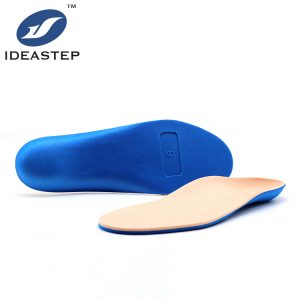
diabetic insoles can be customized to accommodate the specific needs of individuals with diabetes. Customized diabetic insoles are designed to provide additional support, reduce pressure points, and minimize the risk of developing foot ulcers or other complications associated with diabetes.
Customization of diabetic insoles can involve several factors, including:
1. Foot shape and size
Custom diabetic insoles can be tailored to the unique shape and size of an individual’s feet, ensuring a better fit and improved comfort.
2. Pressure distribution
The insoles can be customized to redistribute pressure across the foot, reducing excessive pressure on certain areas and minimizing the risk of developing sores or ulcers.
3. Material selection
Different materials can be used to create customized insoles based on the specific needs of the individual. Such as providing extra cushioning, support, or moisture-wicking properties.
4. Accommodating foot deformities
Customized diabetic insoles can be designed to accommodate foot deformities. Such as bunions, hammertoes, or Charcot’s foot, providing support and reducing the risk of complications.
Customized diabetic insoles are typically created through a process that involves taking precise measurements of the individual’s feet and using this information to craft insoles that meet their specific requirements. This personalized approach can help individuals with diabetes manage their foot health more effectively and reduce the risk of developing complications.
Expand more related content: https://www.aideastep.com/diabetes-insole/.

